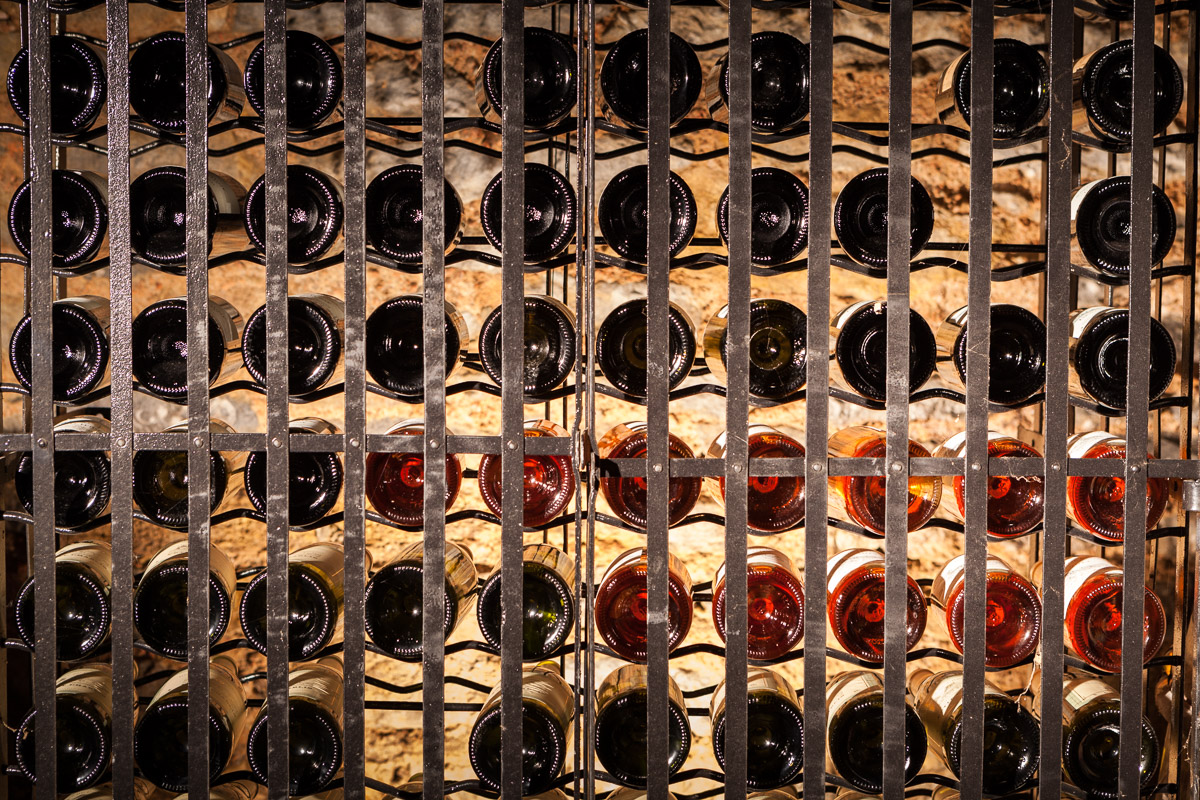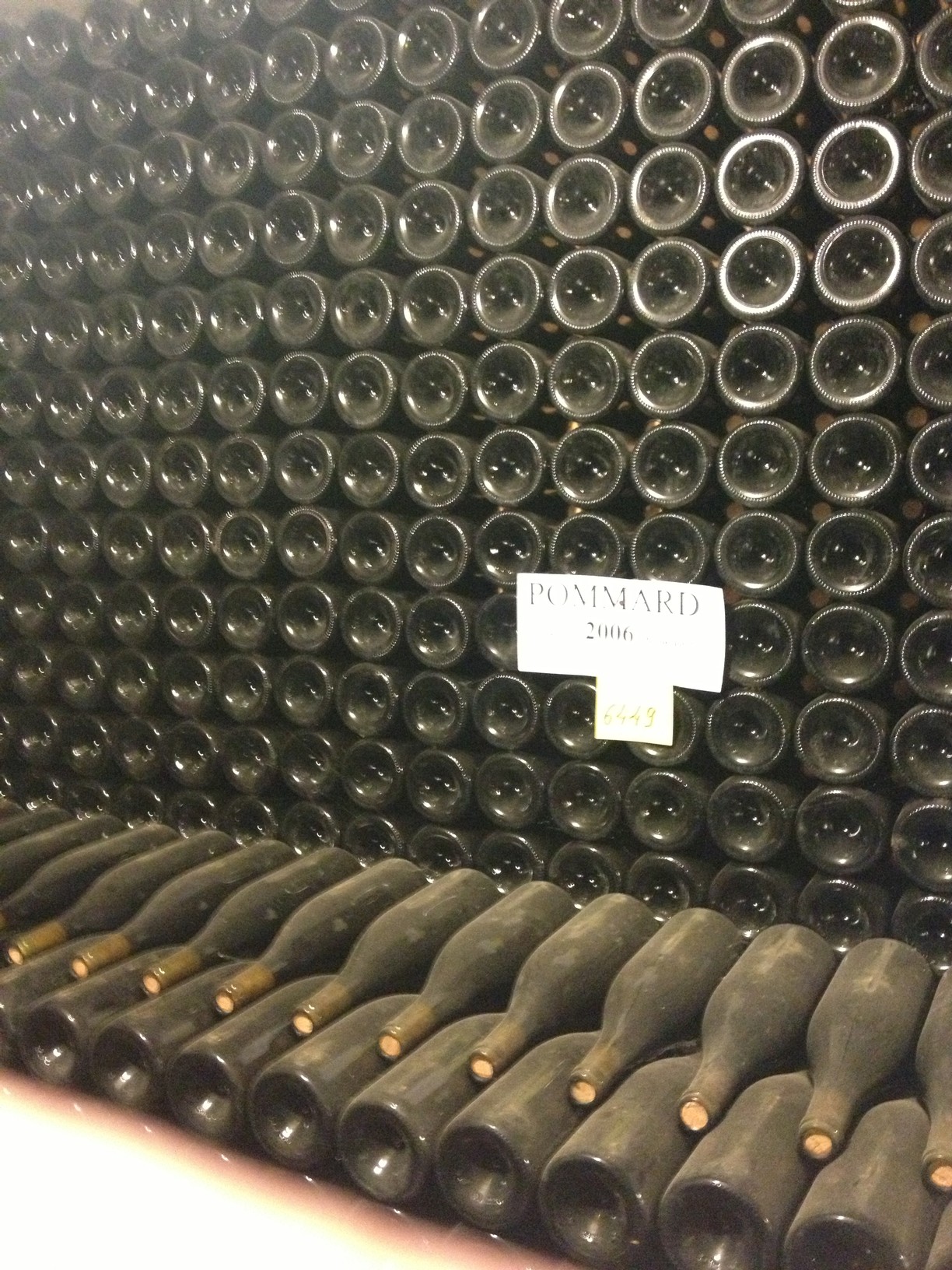View Articles by Category
HOW TO STORE WINE
Good wine, like many things in life, gets better with age. Wine is also an investment – of time, money, and love, which should be protected, and stored properly. Plus, storing wine is really part and parcel of the hobby of wine – of course, we drink some wines straight away, but there’s a real joy in discovering which wines benefit the most from some cellar time, and exactly what subtle changes we can pick up. So for all these reasons, it’s handy to know the basics of wine storage.
But first, we need to know what’s going on in the bottle during aging. The acids and sugars are reacting together over time and making subtle changes of color, taste, and aroma in the wine. Tannic wines, especially good red wines, seem to age better for longer, as the higher tannin levels act as natural preservatives. What you don’t want to subject these reactions to is fluctuations or extremes of heat, light, or movement. All of these things can unnaturally speed up the delicate chemical reactions that are taking place.

Interestingly, though, none of these are the true arch-enemy of aging wine. For that, we need look no further than the air we breathe – yes, oxygen is the greatest threat to good aging. We need to ensure the cork remains a good, firm seal in the mouth of the bottle (assuming your wine has a cork, and if you’re laying it down, it’s probably of sufficient value to have one). If the cork dries up, it can shrink and allow air into the bottle, so common wisdom is to store bottles on their sides (for both still and sparkling wines), allowing the cork to remain damp and in contact with the wine. (For screwcapped bottles, the angle doesn’t matter so much). There is some newer evidence that storing at an angle, with the bottle top pointing slightly upward, could be better than horizontal as it means the air bubble inside and the wine are both in contact with the cork, but this hasn’t yet been widely adopted.

A dark, cool cellar with artfully arranged rows of aging bottles is what many people aspire to, and cellars are the best environments for storage, but not all of us are blessed with this luxury. So try to aim for something as near to these conditions as possible – a cool cupboard (around 55 Fahrenheit is best) and as stable a temperature as possible. For this reason, storing wine in an outbuilding is only a good idea if the climate remains at a stable, cool temperature. Sunlight should be avoided as this will also help preserve the label on the bottle as well as the wine inside. Remember humidity, too – if you can, aim for around 60-70%, because air that’s too dry can cause the cork to shrink and fail, letting in air. Damp air can cause the label to rot and mold could appear on the bottle or cork.
 If you’re thinking that your fridge seems to tick all of these boxes then you might want to reconsider – it’s usually too cool, and you need to avoid strong odors which can be present in a fridge. If you’re getting serious about the long-term storage of valuable bottles, then consider investing in a dedicated wine cabinet – they provide the perfect conditions and also look great too, assuring your wine aficionado status. Though try to resist the urge to take bottles out regularly and lovingly inspecting them – this can stir up sediments in some older wines from the bottom of the bottle and affect the taste of a wine, or make them gritty to drink.
If you’re thinking that your fridge seems to tick all of these boxes then you might want to reconsider – it’s usually too cool, and you need to avoid strong odors which can be present in a fridge. If you’re getting serious about the long-term storage of valuable bottles, then consider investing in a dedicated wine cabinet – they provide the perfect conditions and also look great too, assuring your wine aficionado status. Though try to resist the urge to take bottles out regularly and lovingly inspecting them – this can stir up sediments in some older wines from the bottom of the bottle and affect the taste of a wine, or make them gritty to drink.
One other consideration – should you store open wine, and how long for? Well, finding yourself with a half-drunk bottle of wine to keep may be a relatively rare occurrence for some of us, but it can be done. Open wine can last around three days at a push, but often loses complexity and nuance. Try decanting leftover wine into a smaller bottle (this reduces the surface area of the wine in contact with its arch-enemy – oxygen). You can also buy a vacuum hand-pump – simply insert the rubber stopper and pump out the oxygen from the bottle.
